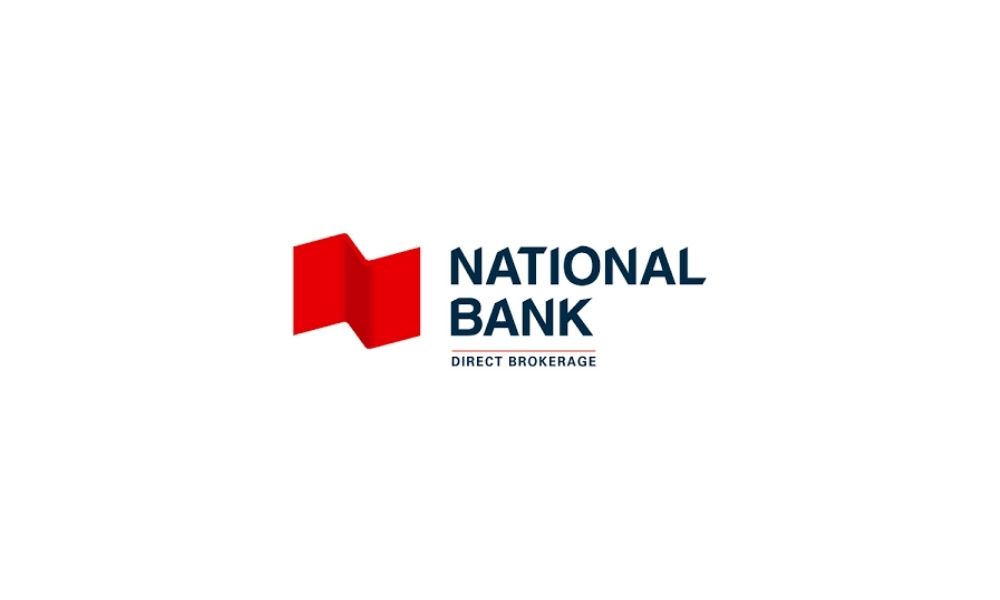
November 25, 2020- The coronavirus hit the world with such speed and lethal ferociousness that societies in most countries were stopped dead in their tracks and forced to isolate to prevent the virus’s spread. Similarly, the pandemic’s effects reached global markets with equivalent terror and alarm.
In fact, in mid-March 2020, the volatility index (also known as the fear gauge) hit its all-time record high, exceeding the previous most volatile level set at the peak of the 2008 global financial crisis.
Many investors were unequipped to deal with such tremendous volatility. Luckily for investors who hold bonds in addition to equities, their fixed income allocation saved their portfolios. As the pandemic ravaged economies, the 10-year yield dropped from nearly 2.0% to approximately 0.5%, buoying U.S. Treasury prices and helping keep investor portfolios afloat.
Treasuries performed exceedingly well as insurance in the first quarter, serving as an effective hedge for equity portfolios. However, with the 10-year yield below 0.8% currently, bonds may not have the same effect during the next market panic given yields have lower to fall (assuming they don’t go negative).
The 60/40 portfolio, made up of 60% equities and 40% bonds, has worked well for investors for the past few decades. This great historical performance has set high expectations for investors. In fact, investors expect an average annual return of 10.9% over the next five years. Conversely, Wall Street strategists expect a traditional 60/40 portfolio’s annual return to fall to just 2.8% over the next decade. The 60/40 portfolio’s low expected return forecast is not surprising given government bond yields are below 1.0% and the current high equity market valuations imply lower future returns.
With investor expectations of 10.9% compared with analyst forecasted returns of only 2.8% for the traditional stock and bond portfolio, combined with record high recent volatility, an allocation to stocks and bonds may no longer be sufficient to provide the returns and diversification needed to meet long-term financial goals.
They say that diversification is the only free lunch in investing. The more uncorrelated return streams within a portfolio, the less risky it is. For example, adding one uncorrelated asset to a portfolio may reduce risk by 29%. This is why investors hold both bonds and stocks. Taken a step further, utilizing six uncorrelated assets may reduce risk by nearly 60%.
Given record low bond yields and extreme equity volatility, investors are increasingly diversifying into uncorrelated alternative investments. For example, the average institutional investor has a 52% allocation to alternatives. In contrast, the average retail allocation to alternative investments is only 5% .
What are alternative investments?
Alternative investments represent a class of investment strategies outside the traditional categories of stocks, bonds and cash. Alternatives encompass a broad opportunity set of investments and can be less dependent on market direction to generate returns. Types of alternative assets include liquid strategies such as hedge funds, commodities and cryptocurrencies, and illiquid strategies such as private equity, venture capital and private debt.
Why use alternative investments?
Given that alternative investments provide different risk-reward profiles than traditional assets, investors utilize alternative strategies for three main reasons:
- Increased Versatility: Alternatives may perform across varying market environments.
- Increased Returns: Alternatives may offer higher return potential than stocks and bonds.
- Decreased Risk: Low correlation to traditional asset classes provides benefits of diversification and may dampen the effects of volatility on portfolios.
In the current market environment, investors are facing difficult choices. Record low bond yields combined with all-time high equity volatility create a dilemma for investors trying to meet their financial goals. Traditional portfolios of just stocks and bonds may be insufficient to meet the lofty financial expectations of investors.
Alternative investment strategies present the opportunity for investors to further diversify portfolios with the goal of higher risk-adjusted returns. In addition to providing potentially higher returns, alternatives may provide investors with increased versatility and decreased risk in a portfolio. Given their diversification benefits, combined with the dim prospects for stocks and bonds, investors are increasingly allocating to alternative investments.
In the future, investors will realize that it is downright irresponsible and incredibly risky to only invest in just two asset classes. Stocks and bonds still serve their role within a portfolio, however, the allocation of the future will be closer to 50/30/20, with 50% allocated to stocks, 30% in bonds, and 20% representing a diversified mix of alternative investment strategies.
Alternative investments used to be complex, inaccessible, illiquid, opaque and high cost. Today, these new liquid alternatives offer everyday investors access to institutional calibre alternative investment strategies in low-cost, easy to use, liquid and transparent ETFs. Investors have never had more options than they do today.
To learn more about Accelerate: https://accelerateshares.com/
—
This article has been prepared by Accelerate Financial Technologies Inc. and is being posted with the permission of the firm. The opinions expressed in this document do not necessarily represent the views of Accelerate Financial Technologies Inc.
This article does not constitute investment, legal or tax advice. Any data provided in this article should not be viewed as a recommendation or solicitation of an offer to buy or sell any securities or investment strategies. The information in this article is based on current market conditions and may fluctuate and change in the future. No representation or warranty, expressed or implied, is made on behalf of Accelerate as to the accuracy or completeness of the information contained herein. Accelerate does not accept any liability for any direct, indirect or consequential loss or damage suffered by any person as a result of relying on all or any part of this article and any liability is expressly disclaimed. Accelerate may have positions in securities mentioned. Past performance is not indicative of future results.



